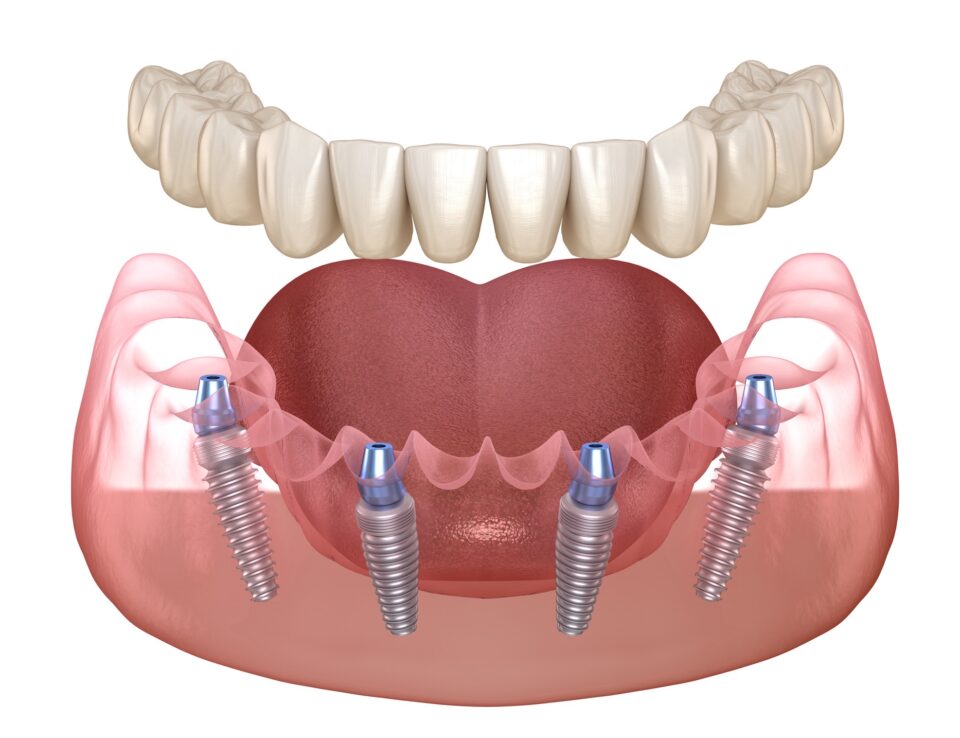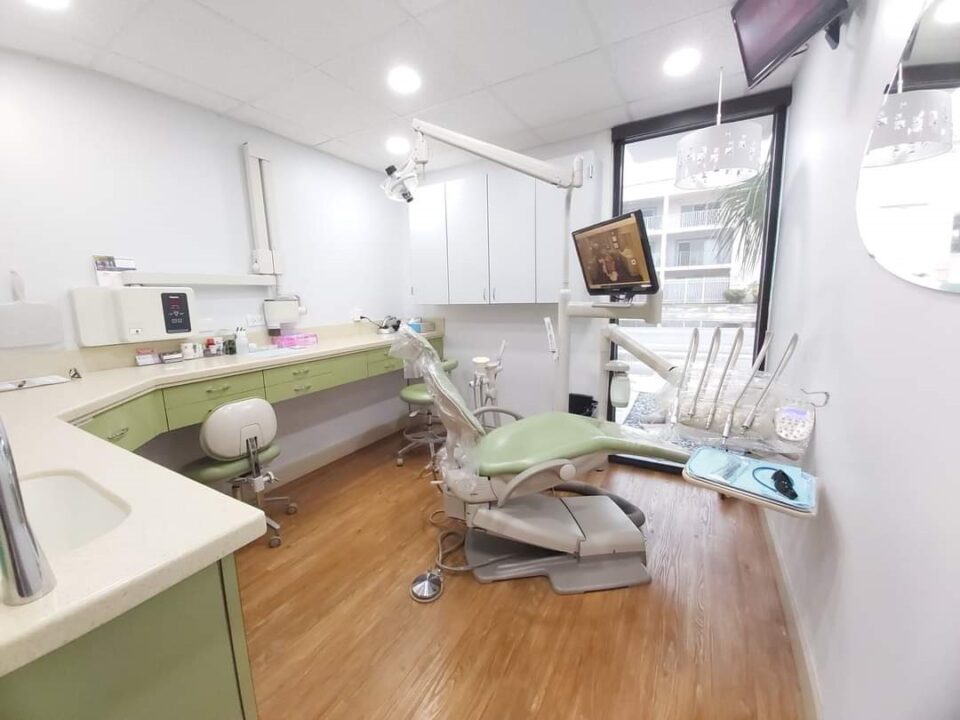Dental phobia, a common condition affecting millions worldwide, can lead to a dreadful dental experience. However, advancements in dentistry and understanding of patient psychology have transformed the dental care experience for phobic patients.
Dentists now prioritize communication and patient education to build trust and reduce anxiety. Open dialogue helps patients understand procedures and concerns, while sedation dentistry techniques like nitrous oxide, oral sedatives, or intravenous sedation help manage stress.
Technological advancements, such as virtual reality headsets or music therapy, have also played a crucial role in transforming the dental care experience for phobic patients. These technologies distract patients from their fears and create a more soothing atmosphere.
The transformation from dread to dream is driven by compassionate dentists who understand the unique needs of phobic patients. By combining effective communication strategies with innovative technologies and sedation techniques, these professionals are revolutionizing how dental care is perceived and experienced.
Why Do People Dread Going To The Dentist?
People may dread going to the dentist for several reasons, and these fears and anxieties can vary from person to person. Some common causes include:
 Fear of Pain: Many people associate dental visits with pain, especially if they’ve had past experiences with painful dental procedures. The fear of needles, drills, or other dental instruments can be overwhelming.
Fear of Pain: Many people associate dental visits with pain, especially if they’ve had past experiences with painful dental procedures. The fear of needles, drills, or other dental instruments can be overwhelming.- Anxiety about the Unknown: The unfamiliarity of the dental environment and procedures can cause anxiety. Some people fear not knowing what to expect or feeling out of control during a dental appointment.
- Past Traumatic Experiences: Previous traumatic or negative experiences at the dentist’s office can lead to dental phobia. A single painful or distressing incident can create a lasting fear.
- Embarrassment: Some individuals may feel embarrassed about the condition of their teeth or fear being judged by the dentist. This embarrassment can deter them from seeking dental care.
- Loss of Control: Dental procedures often require patients to sit still with their mouths open for extended periods, making some people feel vulnerable and anxious.
- Sensory Sensitivities: Sensory sensitivities, such as a strong gag reflex or heightened sensitivity to sounds and tastes, can make dental visits particularly uncomfortable.
- Cost Concerns: Worries about the cost of dental care and potential out-of-pocket expenses can deter individuals from seeking treatment.
- Negative Media Depictions: Negative portrayals of dentists and dental procedures in movies, TV shows, or stories from friends and family can contribute to dental anxiety.
- Loss of Trust: Some people may have had experiences where they felt their trust was betrayed by a dentist or dental office, leading to a loss of confidence in dental care providers.
- Fear of Bad News: Patients may fear that a routine check-up will reveal significant dental problems or require extensive treatment, leading to financial and emotional stress.
Understanding these fears and anxieties is crucial for dental professionals to provide patient-centered care and help patients overcome their dread of dental visits. Open communication, empathy, and techniques like sedation dentistry can be valuable tools in making dental care a more comfortable and positive patient experience.
What Are Some Treatment Management Techniques For Patients With Dental Phobias?
For patients with dental phobias, it is crucial to have effective treatment management techniques in place to ensure their comfort and well-being during dental procedures. Here are some methods that can be employed:
- Communication and Education: Dentists should take the time to communicate with patients, understand their fears, and educate them about the procedures involved. This helps alleviate anxiety by providing a clear understanding of what to expect.
- Relaxation Techniques: Deep breathing exercises, guided imagery, or calming music can help patients relax before and during dental treatments. These techniques promote a sense of calmness and reduce anxiety levels.
- Distraction Techniques: Distractions like watching TV shows or movies during the procedure can divert the patient’s attention away from their fears and discomfort. Some dental offices even offer virtual reality headsets for an immersive distraction experience.
- Sedation Dentistry: Sedation dentistry can be considered for severe cases of dental phobia. Options range from minimal sedation (using nitrous oxide) to moderate sedation (oral medications) or even deep sedation (intravenous drugs). This helps patients remain relaxed and comfortable throughout the procedure.
- Gradual Desensitization: This technique involves gradually exposing patients with dental phobias to increasingly challenging situations. Patients can build confidence and overcome their fears by starting with simple procedures and progressively progressing towards more complex ones.
Dental professionals must tailor these techniques to individual patient needs while ensuring a safe and supportive environment for those with dental phobias.
Dental Practices That Alleviate Anxiety and Fear in Patients
For those who experience extreme fear and anxiety when it comes to dental care, the thought of going to the dentist can be overwhelming. For some, this fear may even prevent them from seeking necessary treatment.
However, with advancements in dentistry and a focus on patient-centered care, there are now solutions available to make dental visits more comfortable and even enjoyable for phobic patients.
Let’s take a look at some of the ways dental practices are transforming the dental care experience for those with dental anxiety.
Creating a Calm and Comfortable Environment
One of the first steps in alleviating fear and anxiety in patients is creating a calm and comfortable environment. Dental offices can do this by incorporating elements such as soothing music, calming scents, and comfortable seating in their waiting rooms. This can help to relax patients before their appointment even begins.
Once the patient is in the dental chair, there are other ways to create a more pleasant experience. Many practices now offer amenities like noise-canceling headphones and TV screens for patients to watch during procedures. These distractions can help take the focus away from dental work and ease any feelings of discomfort or fear.
Open Communication and Empathy
Another crucial aspect of transforming the dental care experience for phobic patients is open communication and empathy. Dentists who are aware of their patient’s anxiety and fears can take extra steps to ensure they feel comfortable throughout their appointment. This may include explaining procedures in detail, using visual aids to show what will happen during treatment, and taking breaks if needed.
In addition, having empathy for patients’ fears and concerns can go a long way. Dental professionals who take the time to listen and understand their patient’s worries can build trust and make them feel more at ease. This can help create a more positive and less anxiety-inducing experience for patients.
Utilizing Sedation Techniques
For some patients with severe dental anxiety, the thought of undergoing a procedure can be crippling. In these cases, sedation techniques can be used to help calm and relax the patient during their appointment. There are various levels of sedation available, from mild relaxation methods like nitrous oxide gas (also known as laughing gas) to deep sedation through intravenous (IV) medication.
Sedation techniques can be a game-changer for patients who have avoided dental care due to their fears. It allows them to receive necessary treatments without experiencing high levels of anxiety and distress. However, it’s essential to note that these methods should only be used under the supervision of a trained professional.
Dental professionals are creating a more comfortable and welcoming environment for phobic patients by improving communication, sedation dentistry techniques, and technological advancements. This approach ensures that everyone can receive oral health treatments without unnecessary anxiety or fear, ultimately transforming the dental care experience for phobic patients.
Don’t Let Fear Hold You Back From A Healthy, Radiant Smile—Call Us For Professional Dental Services!
Whether you need a routine check-up, cosmetic enhancement, or anxiety management during your visit, we’ve got you covered. Your smile is a reflection of our expertise and your satisfaction.
Contact us today to schedule your appointment and experience dental care that exceeds your expectations.


